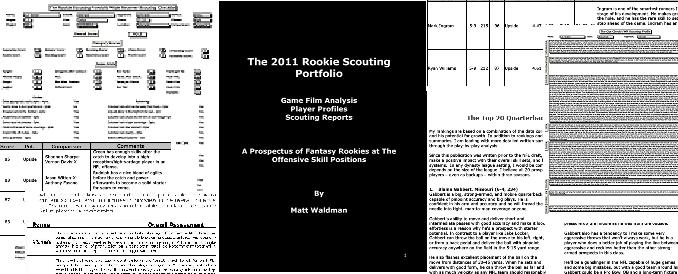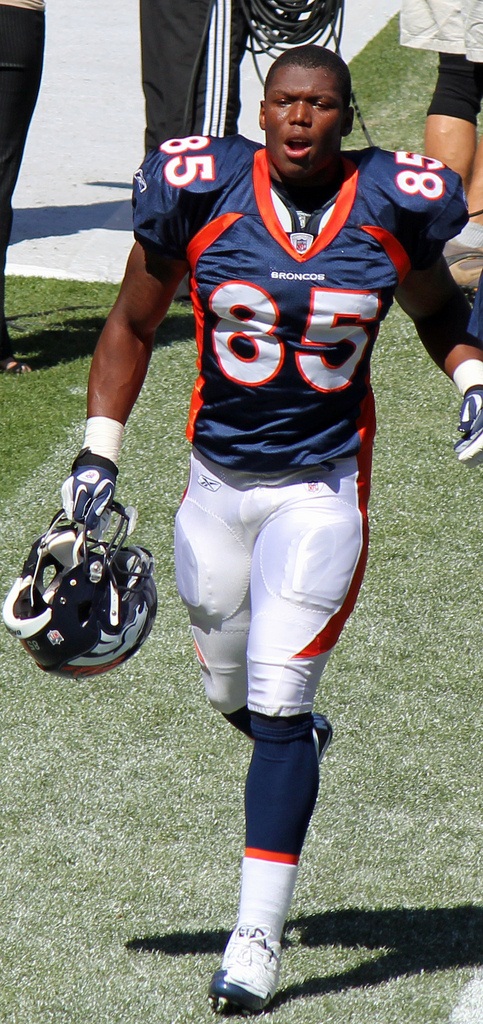
Raiders receiver Juron Criner made a play this weekend against the Saints that was typical, if not easier, than what he did at Arizona. I think he could continue to earn time in the starting lineup this year. He has Cris Carter-like hands and body control. Big shoes to fill, but he’s worthy of the compliment if he continues to work. See below.
















































